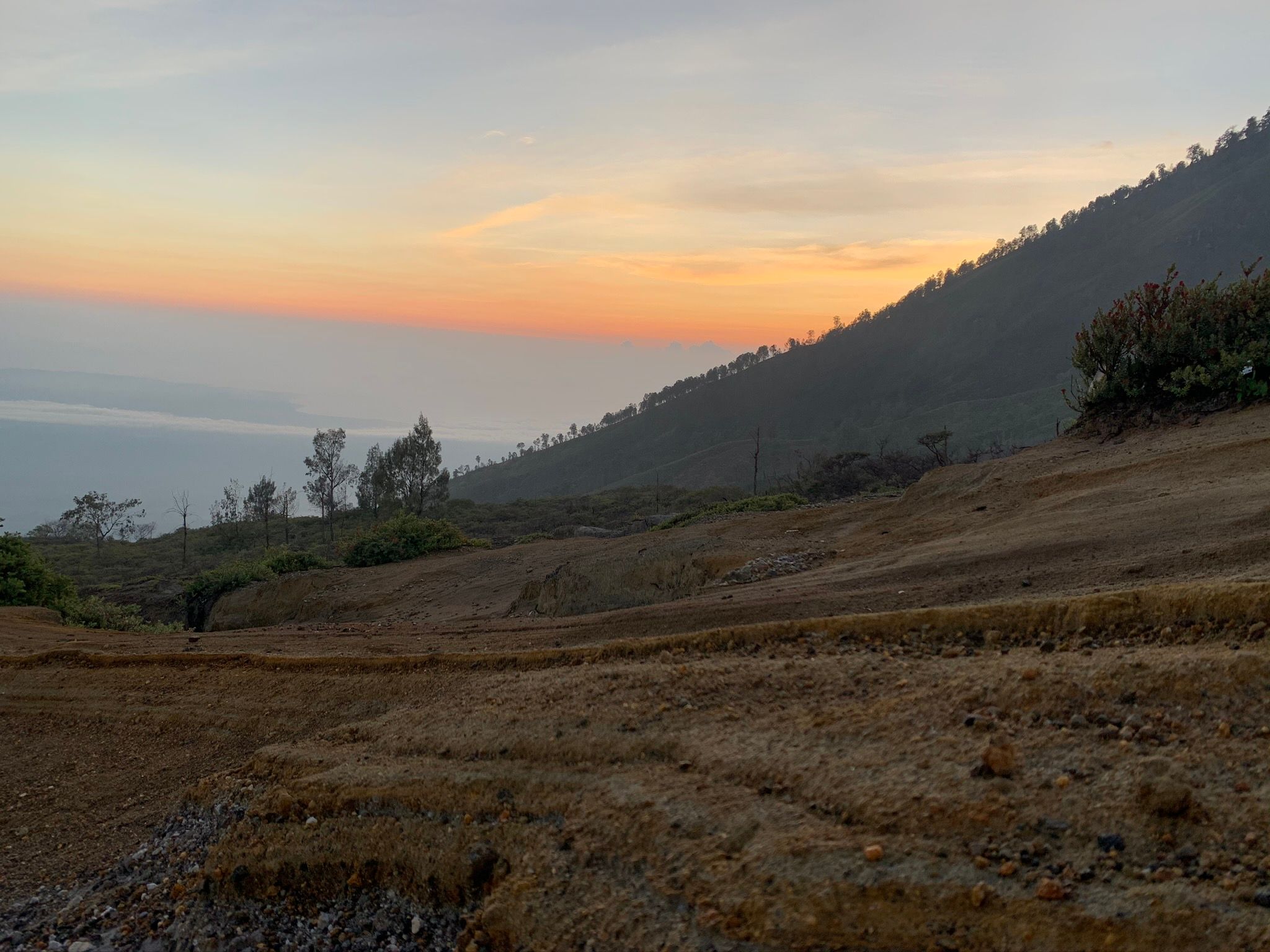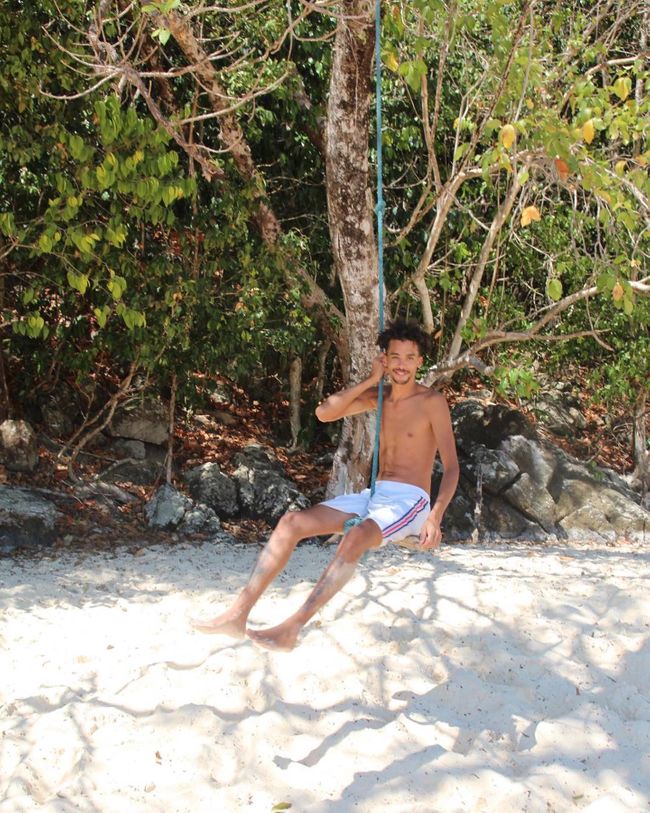Sarajevo BiH🇧🇦
Нашр шудааст: 27.07.2017

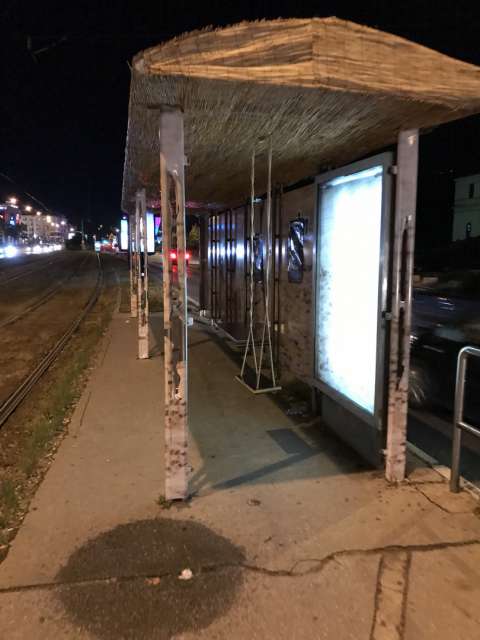
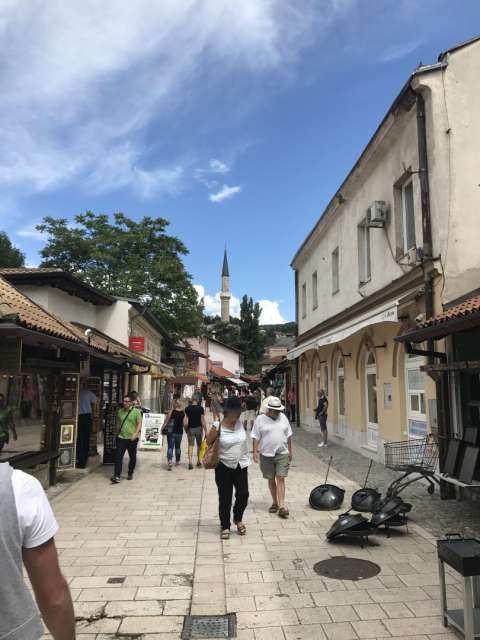
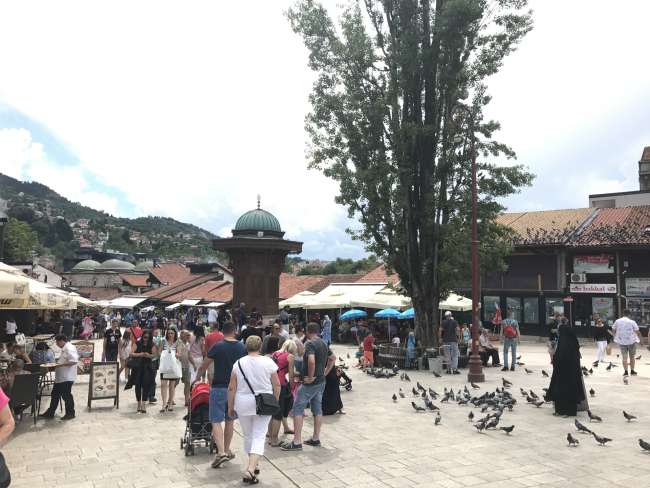
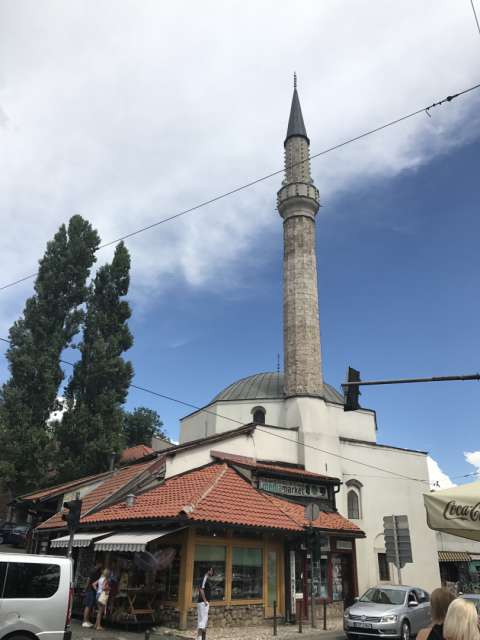
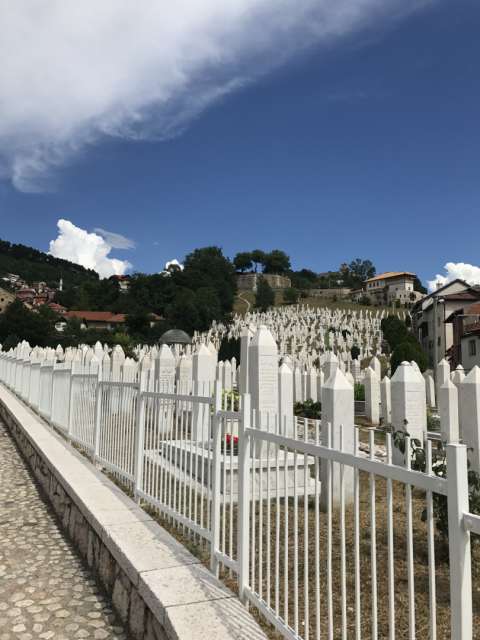
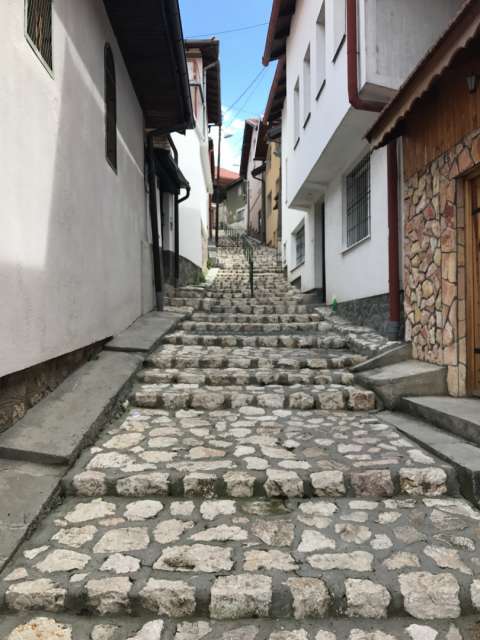
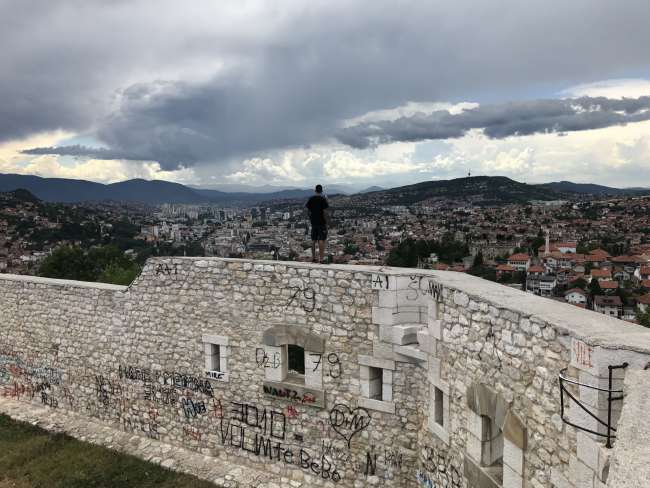
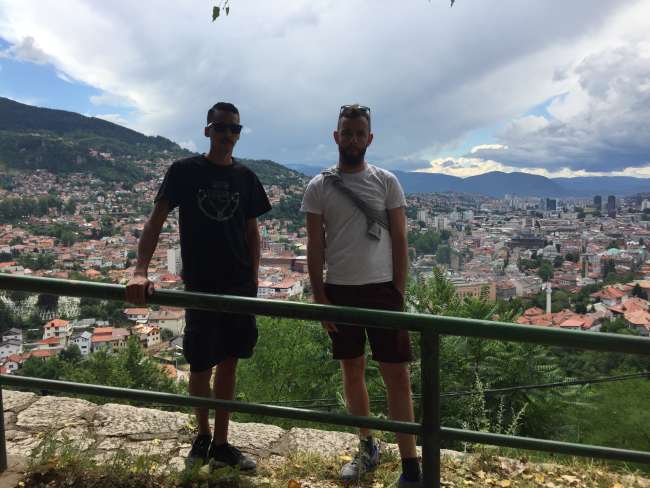

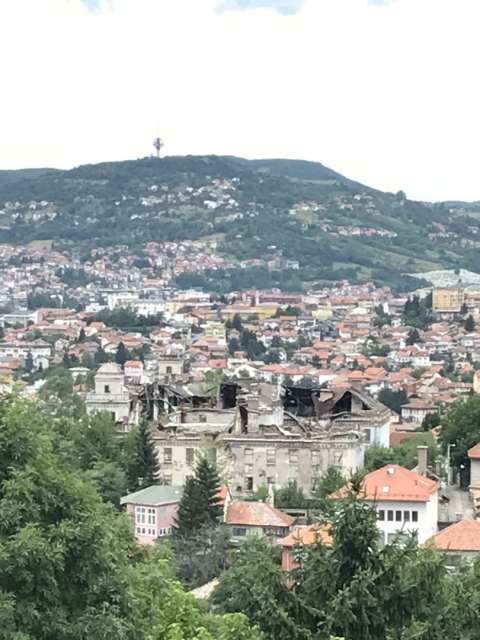
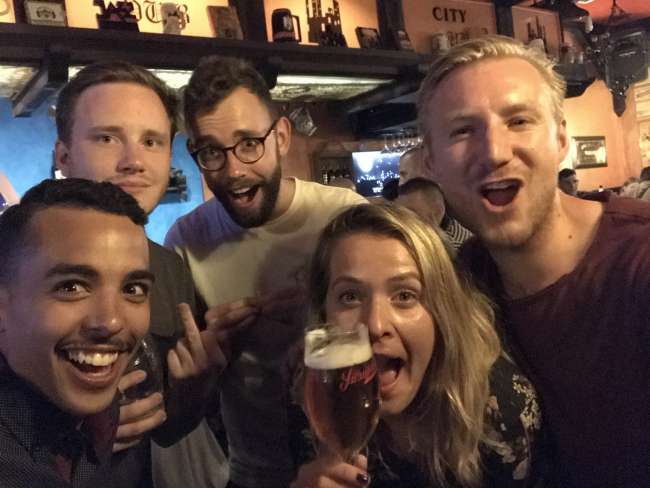
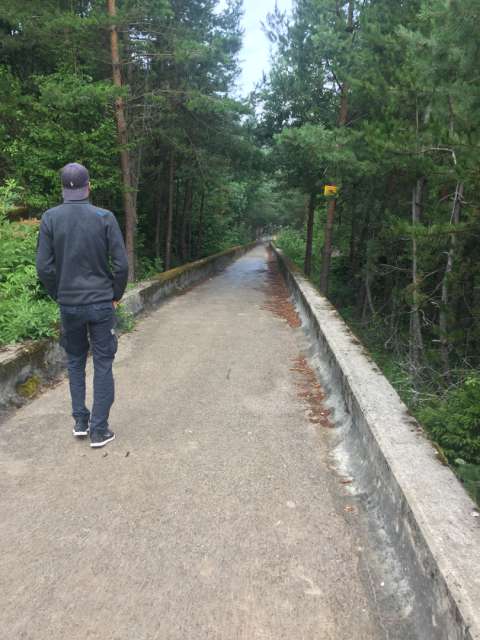
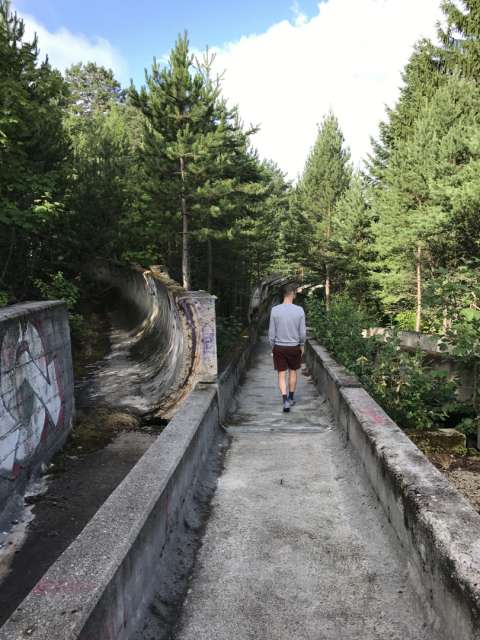
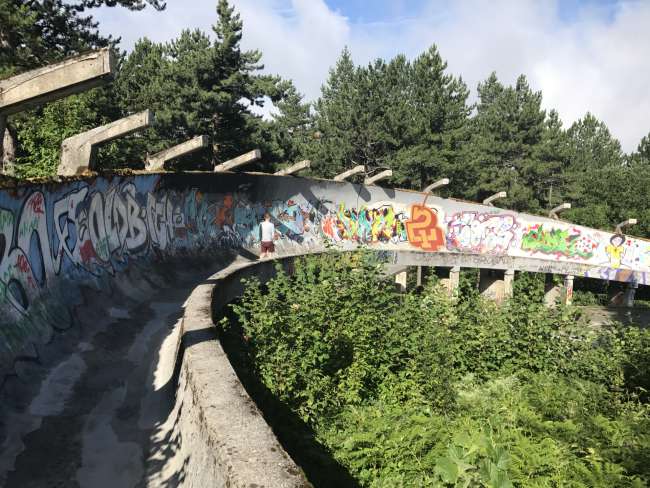
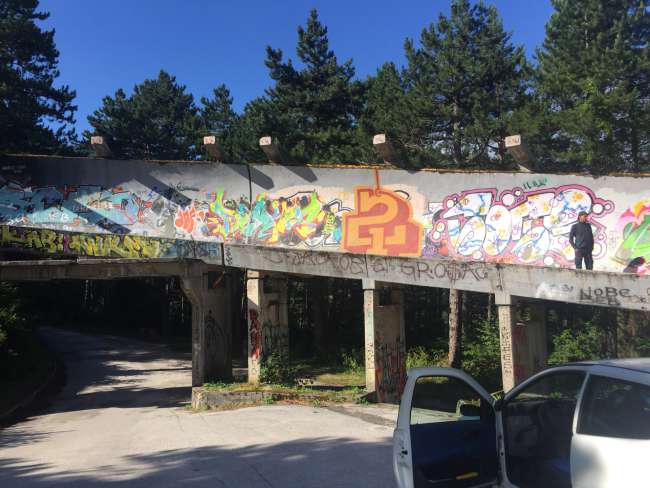
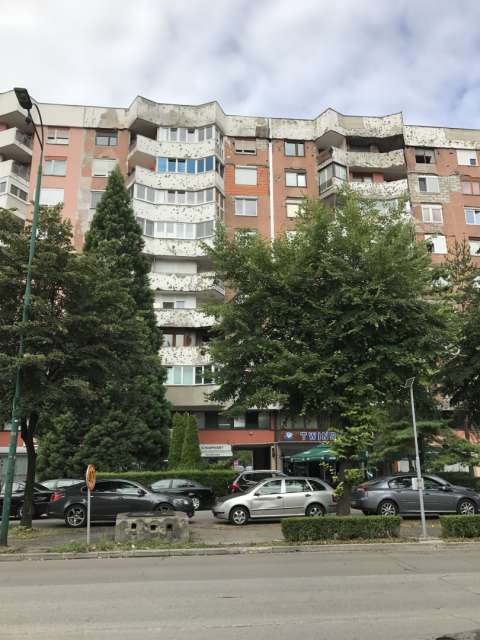
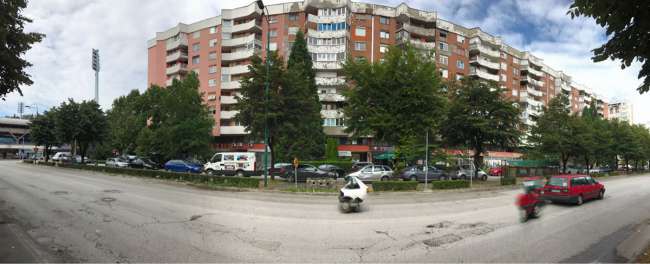
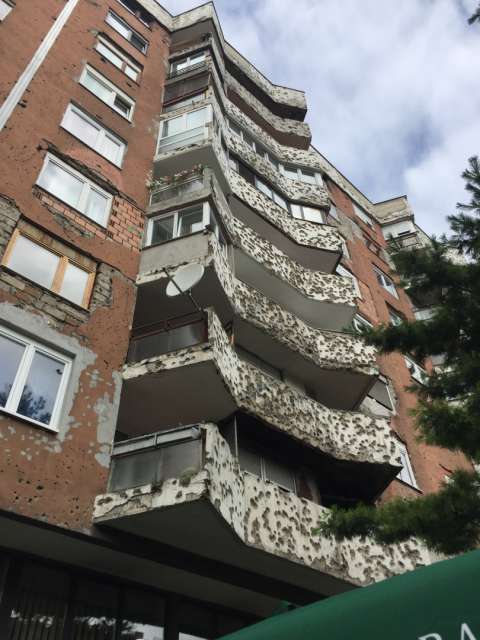
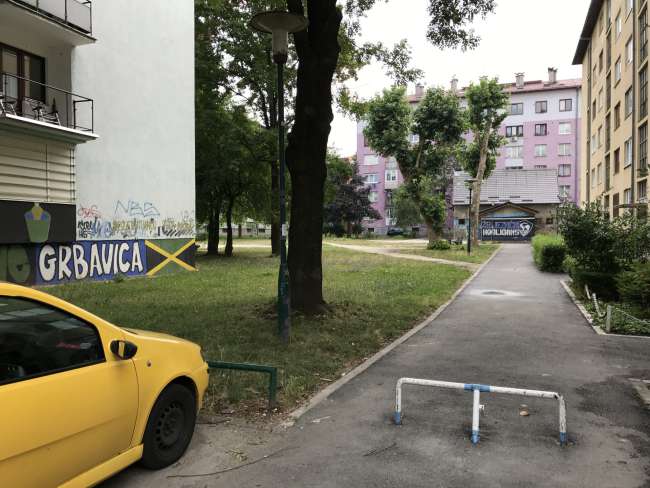
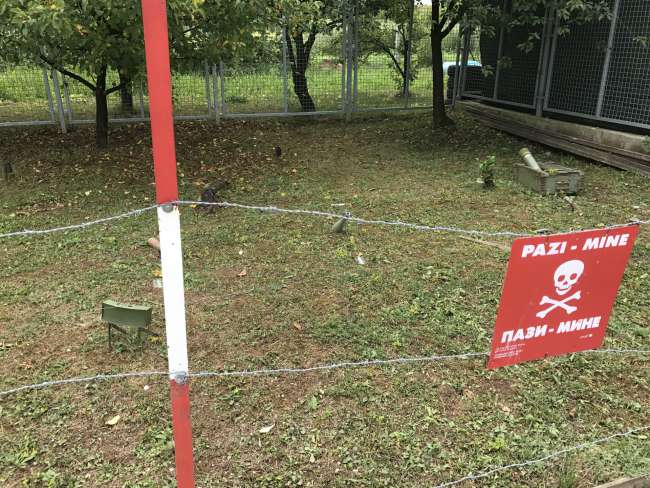
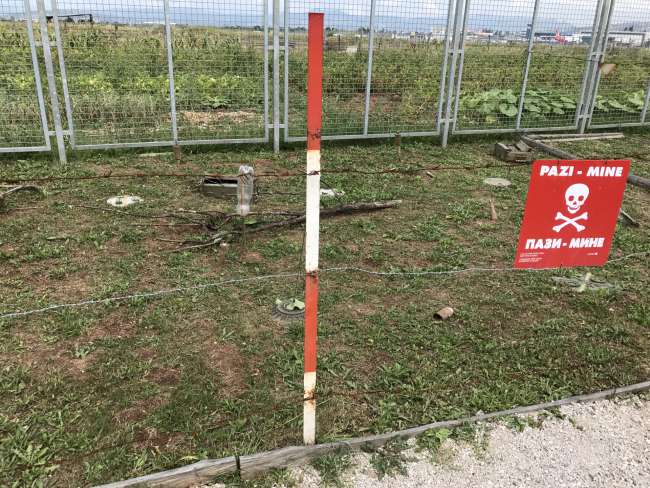
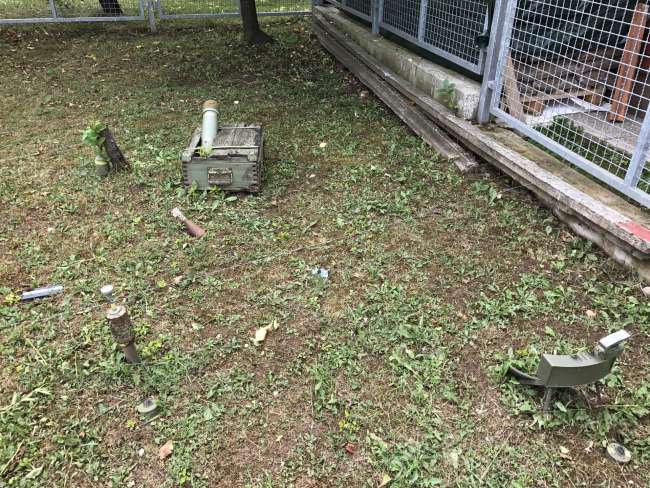
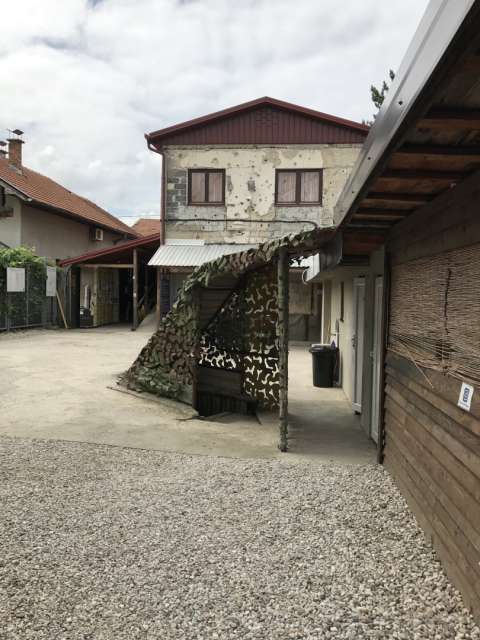
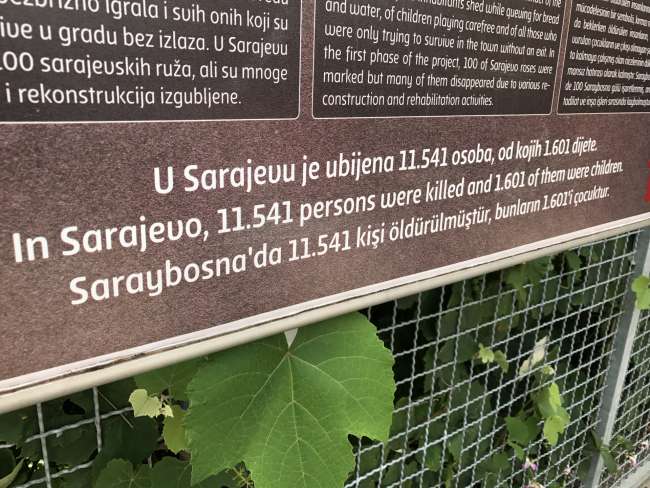
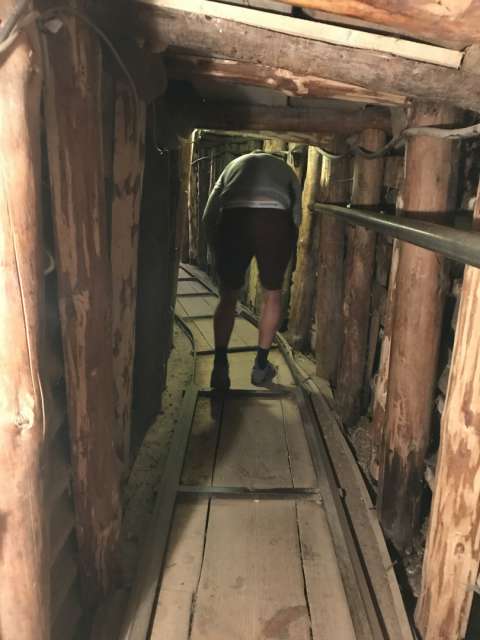
Ба бюллетен обуна шавед
With a half-hour delay, we arrived in the capital of BiH at half past 10. The train ride was very beautiful, the only problem was that it got dark. However, we could still guess the size of the city.
So we set off, guided by my offline map, in the almost right direction. There seems to be something wrong with the GPS signal, so we navigate based on buildings like the American Embassy, which is heavily guarded.
We take the rickety tram to the hostel. It's more lively here, and the hostel is really good. Ivan greets us joyfully with a sip of Bosnian schnapps.
Ivan tells us roughly which direction to go, so the next morning we just start walking. First, we end up in the beautiful old town and then on the 'White fortress' on a mountain, with a view of the entire city. Standing up here, you can already see why the Serbs had relatively little trouble besieging this city for a total of 4 years.
Sitting in front of the cathedral, we see the sign for the 'Museum of Genocide' and because we are curious, we check it out. As mentioned before in Mostar, I feel a certain uneasiness. You can feel that something terrible happened here.
But what we see in the museum, which was designed by victims and survivors, does not match the slightest bit of my imagination. An incredible brutality and unbelievable hatred that prevailed here is just sickening. The museum is incredibly well done, but it completely ruins my mood. There are many individual stories as well as aspects of the war that make it very captivating and authentic.
On our last day, we go on a tour with Ivan.
First to the bobsleigh track from the 1982 Olympic Games.
It has a certain charm, but people were also shot there by snipers, especially children, says Ivan. We are not allowed to enter certain parts of the mountain because there are still mines in the ground, and even now people are still dying or losing body parts due to mines. This is why BiH, along with Iraq, is so good at sitting volleyball.
Through the Serbian part of Sarajevo, where no Bosnian gets lost and vice versa, we drive to the stadium and look at houses that were damaged during the war, for example from the floodlights, which were also sniped.
The last stop before the airport is the 'Tunnel of Hope', which was dug over 800 m by the UN peacekeeping forces and the residents of Sarajevo from the city side. (24/7 for 4 months and 4 days)
If you are interested in more details about our impressions and the random stories we experienced, just talk to me. Otherwise, it would exceed the scope here.
As a small example, the tunnel was supported with wood from the UN side, and on the city side, it was supported with metal because anything flammable was used for heating.
I simply cannot understand this hatred towards other people. We saw pictures of dead pregnant women, dead children, and completely mutilated bodies. All because of wanted or unwanted independence. And no matter where the victims come from or which religion they belonged to, in my eyes, they all senselessly lost their lives for the greed of some psychopaths.
And when I think about what is still happening in the world today, it makes me sick to my stomach.
Now I'm on the plane home, so the short trip is over and I hope I could entertain you a bit! Until then 🤙🏽
Ба бюллетен обуна шавед
Ҷавоб
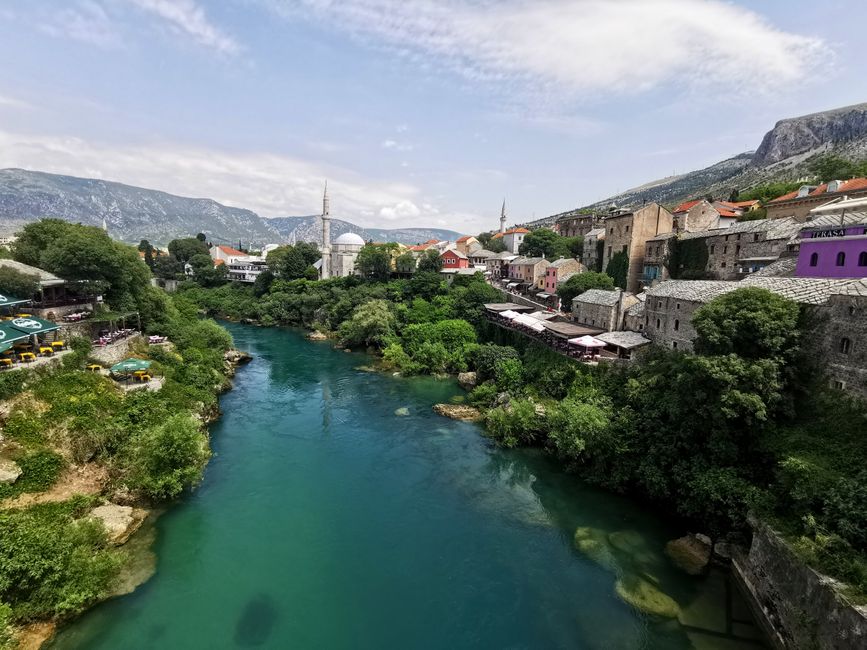
Ҳисоботи сафар Босния ва Ҳерсеговина
